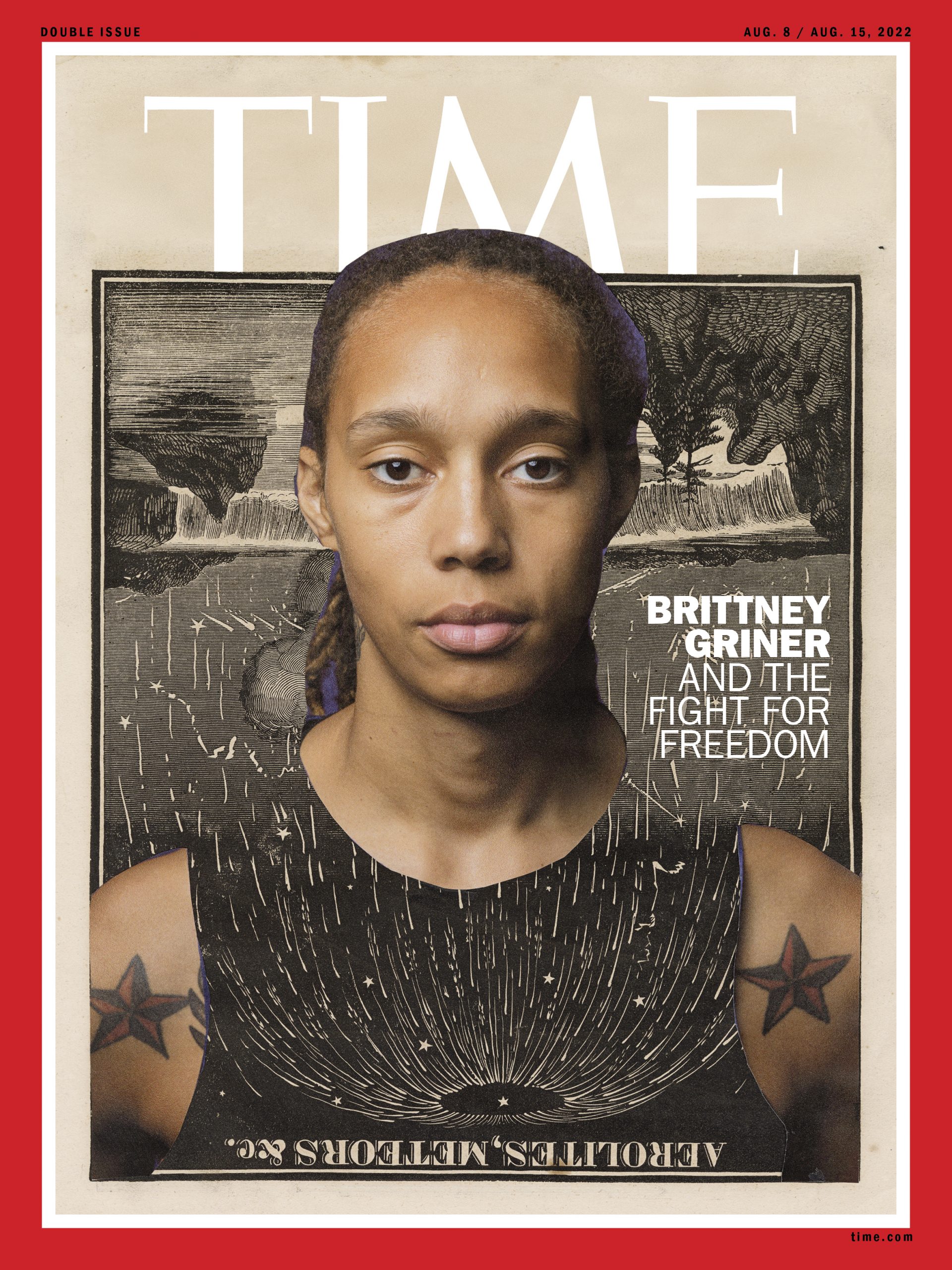Source Types
Your professor may have defined the number and type of sources you need to consult for your paper. The assignment might say something like "You are required to cite 5-7 reputable sources, at least 3 of which must be scholarly." Check to see what your assignment says.
This page defines the following published source types:
- Reference
- Popular
- Scholarly
These published source categories provide different kinds of information that can help you learn more about a topic and make a statement or argument about it in your paper. Other types of evidence, such as information gleaned from personal experience or from interviews, are also relevant for some projects.
Reference Sources
A reference source gives brief information about a topic. This information might be a definition, like in a dictionary, or an overview of a subject or term, like in an encyclopedia. A reference source is useful to learn background information, understand basic ideas about a topic, or to get information like names and dates.
The library has many subject-specific reference books, both in print and online. Here are a few examples of online reference entries:
- Kar, Upendra. "Vaccination." Global Social Issues: An Encyclopedia, edited by Christopher G. Bates, and James Ciment, Routledge, 1st edition, 2013. Credo Reference, https://caldwell.idm.oclc.org/login?url=https://search.credoreference.com/content/entry/sharpesi/vaccination/0?institutionId=1465. Accessed 29 Sep. 2022.
-
Odle, Teresa G. "Food Waste." The Gale Encyclopedia of Nutrition and Food Labels, edited by Gale, 1st edition, 2017. Credo Reference, https://caldwell.idm.oclc.org/login?url=https://search.credoreference.com/content/entry/galegnafl/food_waste/0?institutionId=1465. Accessed 29 Sep. 2022.
Popular Sources
Popular sources are written for the general public and include news media and magazines. These sources take many forms online and in print. Popular sources include news or magazine articles, essay collections, and documentaries, among other things.
|
Characteristics of popular sources:
|
Cover of National Geographic |
Cover of Time magazine |
Scholarly Sources
Scholarly sources are also called "peer-reviewed" or "academic" sources. Academic libraries provide access to many scholarly sources for students and faculty.
|
Characteristics of scholarly sources:
|
Cover of American Journal of Education |
Cover of Arts Education Policy Review |


